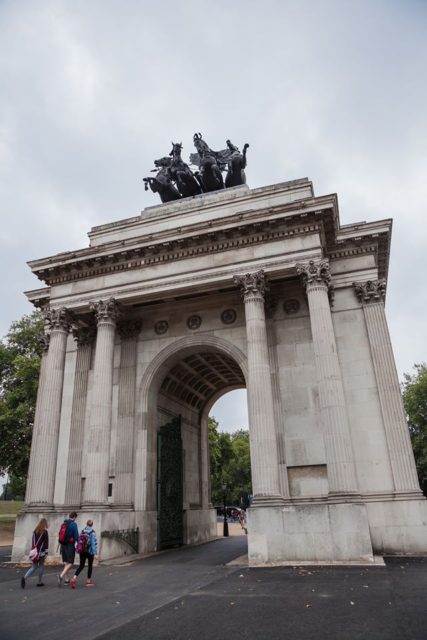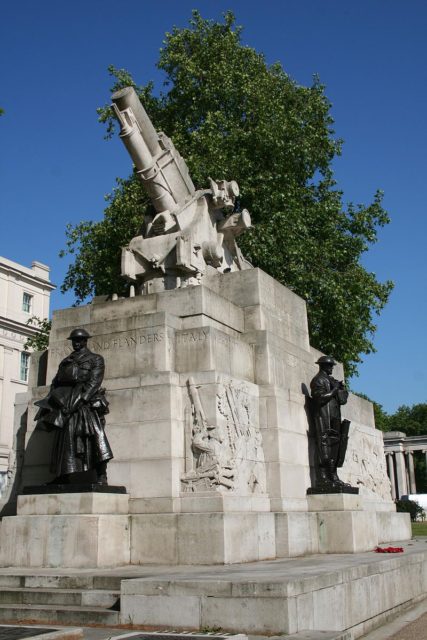Wellington Arch
Wellington Arch is the next big attraction you need to see after leaving Buckingham Palace. Leaving the palace behind we encounter Constitution Hill, the street that separates Buckingham Palace Gardens from Green Park and heading west we reach the Memorial Gates, a war memorial dedicated to the armed forces of the British Empire of the Indian subcontinent, Africa & the Caribbean who served Britain in the two World Wars of the 20th century.
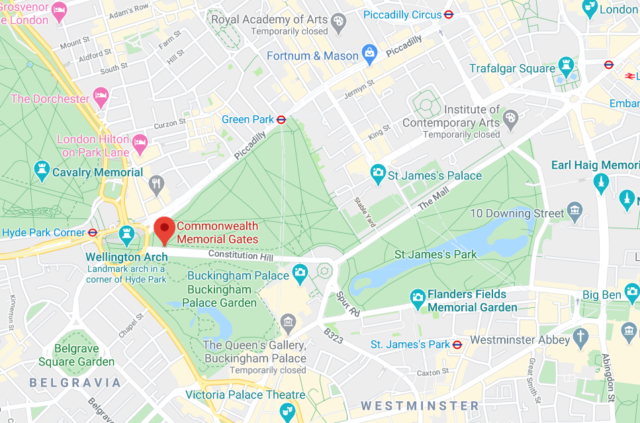

The memorial serves as an entrance to the southeastern corner of Hyde Park Corner, a major junction of six streets, Park Lane to the north, Piccadilly to the northeast, Constitution Hill coming from the southeast, Grosvenor Place to the south, Grosvenor Crescent to the southwest & Knightsbridge to the west. This traffic island is dominated by Wellington’s Arch, the triumphal arch built in 1830 to commemorate Wellington’s triumph over Napoleon.
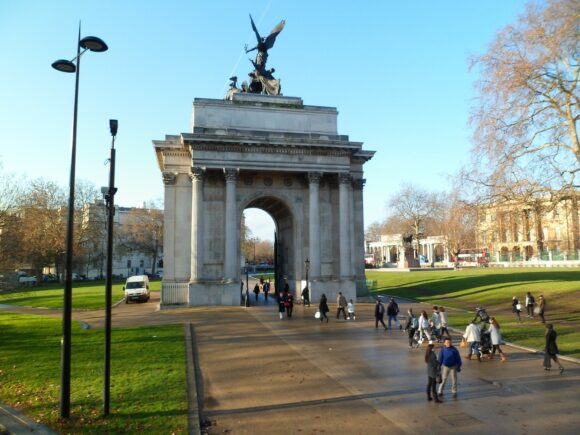
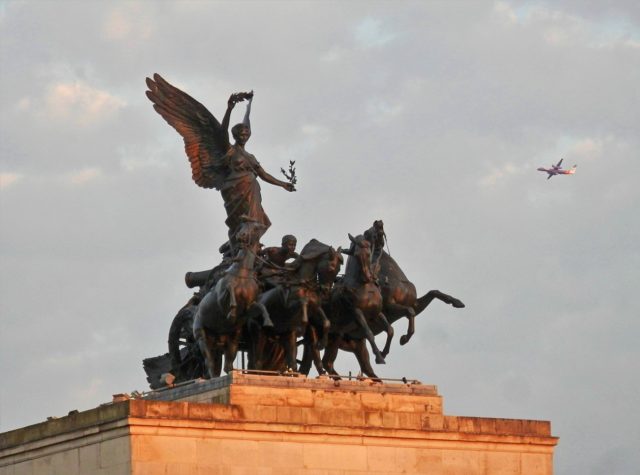
The arch initially supported the equestrian statue of Arthur Wellesley, the First Duke of Wellington that was replaced in 1882 by a representation of Nike, the Winged Goddess of victory on an ancient four horse chariot. The statue is the largest bronze sculpture in Europe. The Ionic Screen designed & constructed by the architect of Wellington’s Arch, Decimus Burton to stand directly opposite of the Arch, the Australian War memorial on the southernmost corner of Hyde Park Corner, the WWI Royal Artillery Memorial and the Machine Gun Corps Memorial also known as the Boy David that stands next to the bronze equestrian statue of the Duke of Wellington complete the ensemble.
